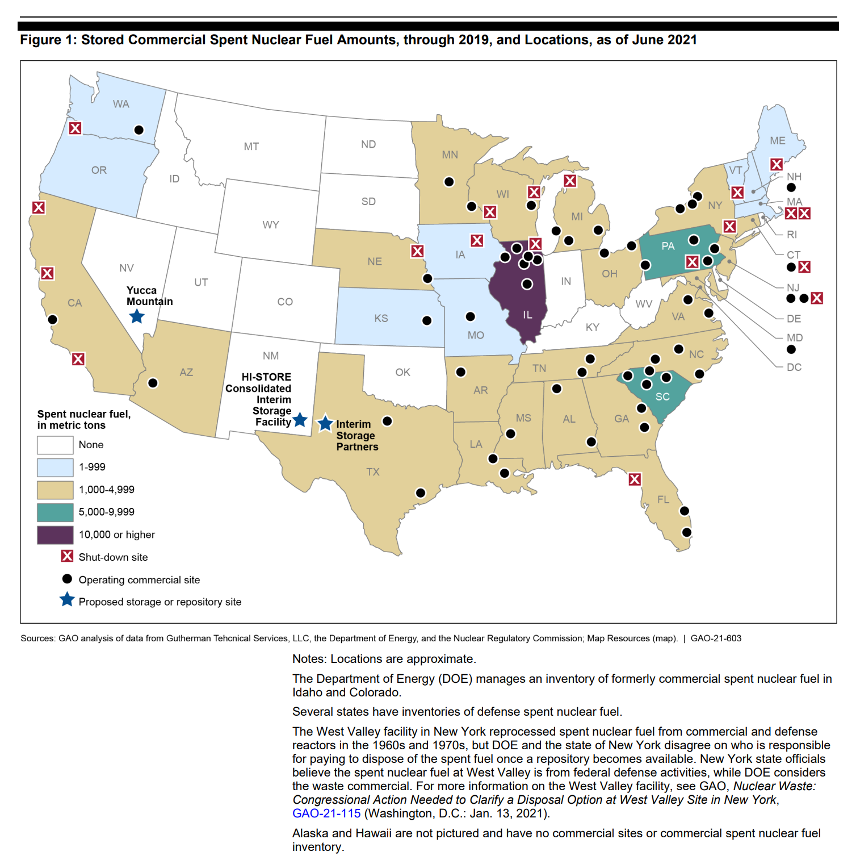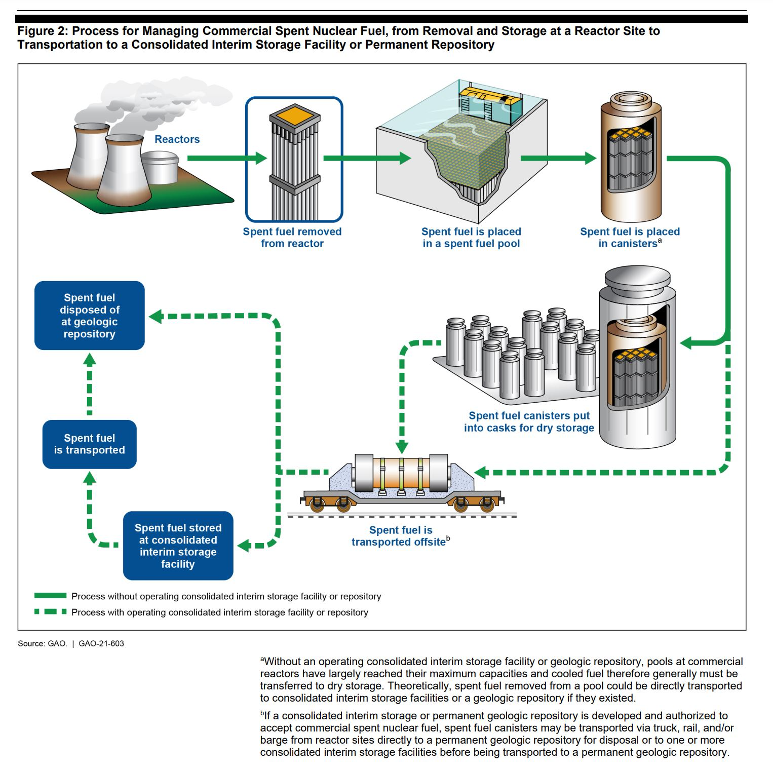Power grid security gaps could cause irreversible environmental catastrophes – A solution is within reach

In recent years, more people in the U.S. have been touched by natural disasters and human induced environmental catastrophes than in all previous years combined. While the causes vary, both natural and human induced events result in great suffering and damage. For example, wildfires across California continue to cause significant environmental and economic damage while taking numerous lives. Meanwhile, the overuse of groundwater resources throughout most of the nation is rapidly undermining productive agricultural regions, threatening real estate values, and diminishing the viability of businesses and entire industries.
While fire, water, and certain other extreme climate impacts are truly significant, such can often be mitigated with the right combinations of technological innovations and conservation approaches if investment is made now. However, for some time, there have been unheeded cautions about a potent and potentially irreversible environmental catastrophe arising of power grid failure. These risks have persisted since advent of nuclear power.
Between 2018 and 2020, The White House, U.S. Department of Defense (DOD), U.S Department of Energy (DOE) and the Nuclear Regulatory Commission (NRC); and Air University hosted several interagency exercises examining the likelihood of a prolonged electric power outages and consequent impacts to U.S. nuclear reactors and safety systems – including spent nuclear fuel. The unclassified findings and recommendations were published in Air University’s special collection called The Lemay Papers.
These reports and their annexes are the most read documents in Air University history and note nuclear power stations suffering from a prolonged electrical power outage can lose reactor and certain spent fuel storage cooling capabilities. Loss of this critical cooling can lead to catastrophic failure of radiation containment systems allowing the release of nuclear materials and radiation.
According to Union of Concerned Scientists’ Institute of Nuclear Materials Management, about 86,000 tons of spent fuel is stored on-site or near 75 sites in 33 states. In 2021, the GAO concurred and further highlighted, “The United States currently has an ad hoc system for managing commercial spent nuclear fuel .… Commercial spent nuclear fuel is extremely dangerous if not managed properly.”

The bulk of spent fuel is not stored in dry casks (large air-cooled containers made of steel and concrete). This means most spent fuel requires electricity to provide water circulation and submersion. Keeping the spent fuel submerged below water prevents radiation emissions until rods coo enough to store then in dry casks. Once removed from a rector, this fuel must be submerged for five years before it can be moved into dry casks.

In extreme cases, if a nuclear site loses cooling, it can result in melt-down or explosion. In these cases, weather systems can spread nuclear material over large areas. If a loss of electric power occurred across several states (beyond 10 days), there is a small but real risk of radioactive contamination throughout most of lower 48 states. While the GAO recommends Congressional intervention to mitigate risks from on-site nuclear fuel storage, an elegant solution may now be within reach.
During Secretary of Energy Granholm’s “Secretary of Energy Advisory Board” (SEAB) meeting on January 25th, budget allocations were made from the $1.2 trillion Infrastructure Bill to empower a new Office of Clean Energy Demonstrations which has been set up to “support clean energy technology demonstration projects in areas including clean hydrogen, carbon capture, grid-scale energy storage, small modular reactors, and more.” What could be more important than making sure our environment remains free of potentially wide-spread and persistent nuclear contamination? Such is an investment in a strong insurance policy to safeguard our future.
Real-world demonstration projects at the Office of Clean Energy Demonstrations should include evaluation of technologies that reduce risks posed by probable natural and manmade threats to electric grid infrastructure which directly impact nuclear sites. These risks range from hurricanes and solar weather to cyberattacks, including electromagnetic pulse (EMP) – which is a dangerous and indiscriminate method of attacking all aspects of our nation’s critical infrastructure. This form of asymmetric EMP warfare on modern states is preferred by Russian, Chinese, Iranian, and North Korean military doctrines.
Credible experts have also warned DOE about two major cyber gaps: (1) cyber vulnerabilities associated with engineering/management of power flows between America’s eight separated power grid regions and (2) sensor vulnerabilities associated with process sensors, which currently have no cyber security, authentication, or cyber logging.
It is also sensible the new Office of Clean Energy Demonstrations use a portion of its $5 billion budget to specifically address “upgrading grid demonstrations” to test Duke Energy’s EMP hardened transformer against real-world EMP and cyber threats. If successful, these transformer designs can be used to backfit critical power circuits to nuclear facilities that require reliable electricity for cooling.
The Office should also consider ensuring security-based demonstrations extend beyond a total focus on power plants and high voltage transmission lines of the “Bulk Power Grid.” Instead, it should address the “Distribution Grid,” which constitutes over 90-percent of the overall power grid – the segment that delivers low voltage electricity to people, including, the nation’s critical infrastructure – water-wastewater facilities, emergency managers, hospitals, homes, business, etc. Funding local grid protection projects, such as those in San Antonio Texas and on Lake Wylie in South Carolina, can help test and validate needed “bottom up approaches” for reducing key grid vulnerabilities.
Finally, the new Office has also received $2.5 billion to fund “Advanced Reactor Demonstrations.” This is important in the long-term because it enables the DOE to prioritize the development and deployment of advanced reactors that utilize passive cooling. This kind of cooling directly reduces wider national risks associated with prolonged power outages or malevolent attacks on nuclear and spent fuel storage sites. Another benefit to these advanced designs is that they may allow for spent fuel to be recycled. Recycling can diminish the tonnage of spent fuel stored in 33 states.
During the January 25th meeting, Secretary Granholm expressed frustration with the bureaucratic hurdles that arbitrarily slow timelines and plague our government. She also expressed a personal bias for action and reminded the board they had 749 days left in the Biden Administration’s term to achieve ambitious goals for the United States.
In the end, one question remains: will Secretary Granholm and her advisory board act on within the scope of DOE’s responsibilities and authorities to mitigate our nation’s greatest potential environmental and security risks? On behalf of the American people, we hope this is the leadership that boldly reaches for the solutions now within reach.
Ambassador R. James Woolsey was Director of U.S. Central Intelligence (1993-1995) and Under Secretary of the Navy (1977-1979) and held presidential appointments in two Republican and two Democratic administrations.
Ambassador Henry F. Cooper was President Reagan’s Chief Defense and Space Negotiator with the Russia and led the Strategic Defense Initiative under President George H.W. Bush.
Lt Gen (Ret.) Steven L. Kwast was Commander of the U.S. Air Force Air Education and Training Command; President and Commander of Air University; he led the last Quadrennial Defense Review for the Department of Defense.
Dr. David J. Stuckenberg is a Scientist and Chief Executive at Genesis Systems and founder of the Department of Defense’s Electromagnetic Defense Task Force (EDTF) and Electromagnetic Defense Initiative in San Antonio, Texas; he led interagency critical infrastructure research and strategy at the Joint Chiefs of Staff and The White House (2018-2020).
Lt Col (ret) Tommy Waller is a U.S. Marine combat veteran and Director of Infrastructure Security at the Center for Security Policy, a Washington D.C. based 501c3 non-profit education foundation.
- The Bad News and the Good News about America’s Electric Grid - December 3, 2025
- Placing Speed to Power on a Firm Foundation - November 26, 2025
- On Veterans Day, remember: weak generals aren’t the voice of all who served - November 11, 2025
